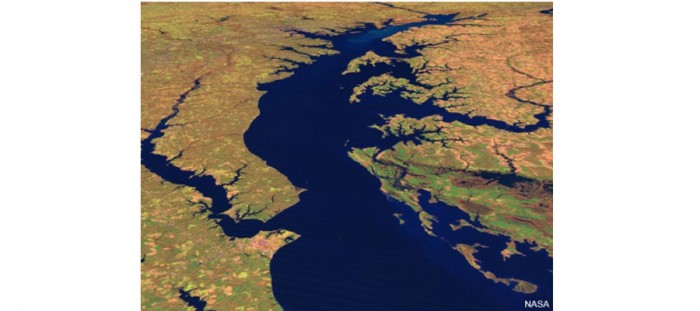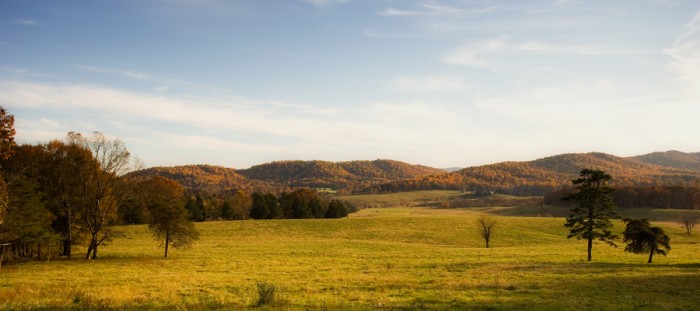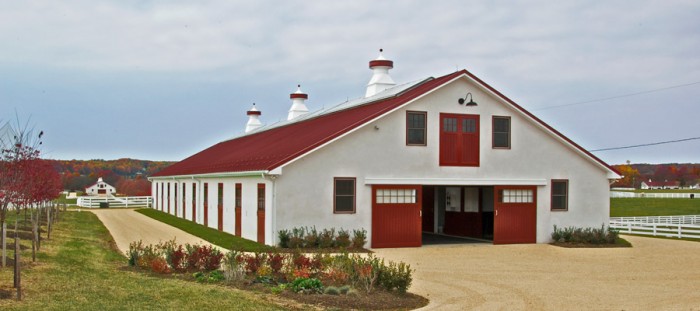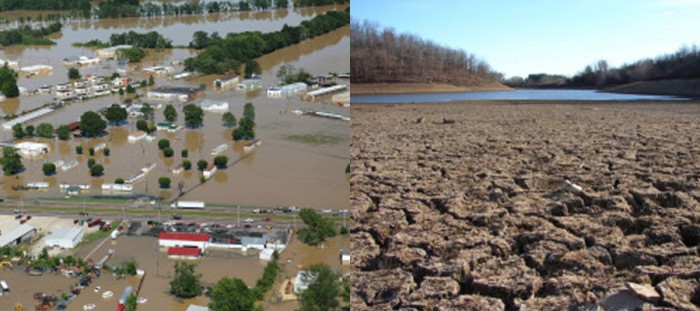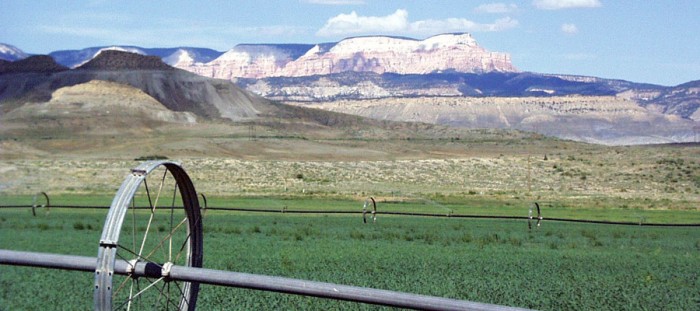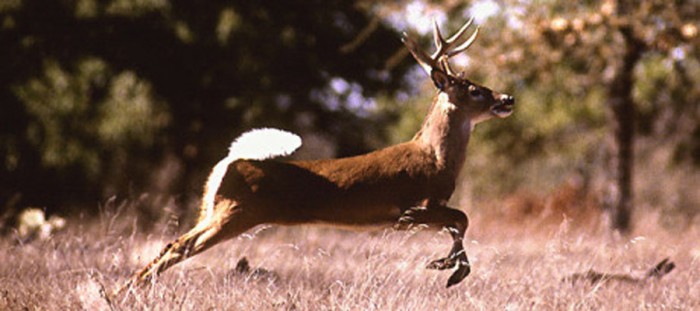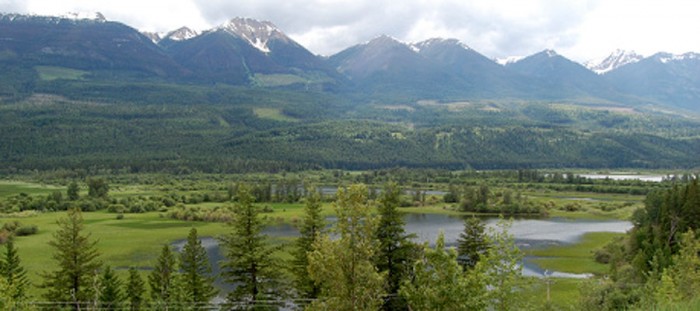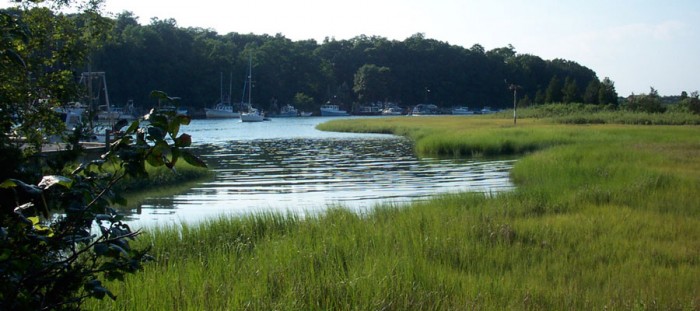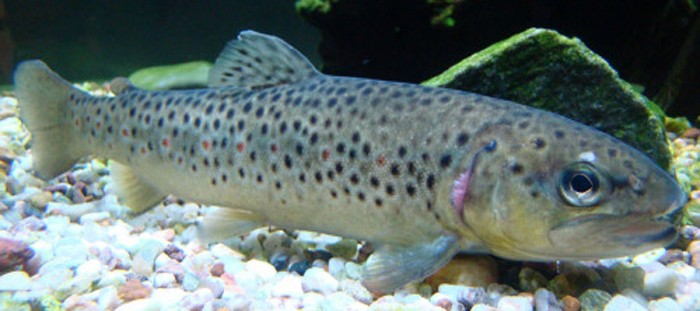As inhabitants of the Chesapeake Bay Watershed, we here at Field Sport Concepts hold the Bay, its flora, fauna, and surrounding landscape dear in our hearts. Consequently, we had mixed emotions upon reading the Chesapeake Bay Program’s most recent press release on the status of the Bay’s health.
Using research and monitoring information from the past 25 years, it’s clear that the Bay is, in fact, improving. (Albeit slowly.) Of the three most important pollutants being tracked – nitrogen, phosphorus, and sediment – all appear to be decreasing in the long term. Hooray!
But hold your seahorses, friend. There remains plenty of room for improvement. For example, the 2010 totals for all three pollutants saw an increase from 2009. Above average rainfall last year pushed 50 million more pounds of nutrients into the Bay, as well as an extra 7 million tons of sediment. Plus, while the overall trend may be slowly improving, we still have a long road ahead of us before reaching restoration level goals.
Sitting back and waiting certainly isn’t going to solve anything, though. That’s why Field Sport Concepts is committed to designing with the Bay’s best interest in mind.
Curious to know how you can help, too? Check out this link from the Chesapeake Bay Program’s website to get some suggestions.
I hope this newsletter finds you enjoying the longer days and much warmer weather (a bit warmer than we care for). It’s the season of barbecues and late afternoon thunderstorms. Soak it up; it’ll be chilly again before you know it.
You may notice we’ve updated the appearance of our newsletter to include a wider variety of content. We invite you to take advantage of the richer content while enjoying the more easily navigable layout. Just click on any story that piques your interest to read more. You can also stay up to date on our work by following us on Facebook and LinkedIn and by subscribing to our blog.
Company News
– FSC affiliates collaborate to provide master planning, architecture and landscape architecture, and shooting sports programming and design at Fox Hollow Farm. Read more…
– Field Sport Concepts adds falconry and enhances outdoor programming services with addition of new affiliate, Duane Zobrist. Read more…
– FSC affiliate Trout Headwaters opens new office in the Chesapeake Bay watershed. Read more…
– Lookfor us at this year’s Land and Wildlife Expo in Nashville, Tennessee!
Our Expertise
Now that you’re managing timberland, consider adding further value to your holdings by incorporating innovative recreational opportunities. Read more…
We are eager to collaborate with you as you seek to enhance your holdings and/or service offerings. Click below to learn how we can help you.
– Field Sport Enthusiasts
– Farm & Rural Land Owners
– Conservations
– Ranch & Farm Brokers
– Equestrian Enthusiats
– Land Developers
In the Field
– Celebrating Virginia Wine – Wine bloggers and industry leaders descended on Virginia for the 2011 Wine Bloggers Conference. Read more…
– Singing Elk Song’s Praises – Through the implementation of a strategic management plan, an Oregon rancher turned his 4,000+ acre property into an outdoorsman’s paradise. Read more…
– The $100 Million Pond – By monetizing the ecosystem services of wetlands, forests, and other natural systems, environmentalists and economists are hoping to draw attention to the economic value of nature. Read more…
To find out more about our company and our unique approach to rural land conservation please check out our inaugural e-newsletter.
If you have any questions or comments or to explore ways in which we can serve you, please do not hesitate to contact us. We appreciate your readership and look forward to hearing from you!
All the best,
Bob McKee
If you’re into horse racing, you’ve heard of Native Dancer – or “The Galloping Grey Ghost,” as the public used to call him. From 1952-54, the storied racehorse won 21 of 22 races, running itself into the history books and placing its home and training place – Sagamore Farm – on the map. Encompassing 530 beautiful acres, Sagamore is a crowned jewel of the Mid-Atlantic equestrian world.
Once owned by the Emerson and Vanderbilt families, Sagamore Farm is now in the hands of Kevin Plank, founder and CEO of Under Armour. No stranger to success himself, Mr. Plank has defined his goals for the property as rebuilding a top notch equestrian facility and competing again at the highest level. And it didn’t take long. Last November, their champion-in-training Shared Account came home wearing the first place ribbon from a $2 million Breeder’s Cup race. We tip our cap to you.
We’re proud to have been a part of the redevelopment of Sagamore Farm alongside the architect, Blackburn Architects, P.C – an FSC affiliate. And we wish them the best of luck in their future competitions. If there’s any truth to the commercial claiming “happy cows make happy cheese,” we see no reason why a farm full of happy horses shouldn’t bring back plenty of happy trophies…
To read more about Sagamore Farms and Blackburn Architects’ design of the site’s equestrian structures, check out this article by DCmud. For even more Sagamore in the news, here are two recent articles highlighting the farm and Mr. Plank: one by the Washington Post, and another from the New York Times.
If you or your family are enthusiastic horse lovers, we would be honored to help you reach your goals through design. Feel free to contact us, or click around the Field Sport Concepts website for more information. (Note: we cannot guarantee the athletic, prize-winning success of your horses; only their happiness.)
You’d be hard pressed to find someone that has remained oblivious to all of the flooding that has, well, flooded the media in recent memory. The status of the Missouri and Souris Rivers is currently all over the news, and it wasn’t long ago that Memphis, Nashville, and Atlanta received more than their fair share of H2O.
On the flip side, many regions continue to struggle with drought conditions and worry about their access to water. That’s a level of stress we wish on no one.
You probably don’t need us to preach to you just how vital – and potentially dangerous – our precious water resources are to our lives. However, sometimes it can’t hurt to be reminded. For a refresher on why exactly our rivers, streams, bays, and wetlands are so worthy of our attention and respect, here’s an excellent essay written by our affiliates at Trout Headwaters.
After you finish up there, feel free to click around a few examples of our water resource conservation work from years past. Enjoy!
In our last post, we discussed the economic value of nature. In this one, we are excited to look at the culinary value. And what better way to do so than to introduce one of our favorite books, Wild Abundance: Ritual, Revelry & Recipes of the South’s Finest Hunting Clubs?
With stunning photography, incredible stories, and, of course, delicious recipes, Wild Abundance is a unique celebration of Southern sporting and culinary tradition. The book follows a crew of master chefs as they travel to nine hunt clubs around the South and are introduced to the magnificent meals created by the camp cooks. Some of these deceptively simple recipes include Foie Gras Stuffed Duck, Grilled Quail with Corn Salsa, and Kale and Black Eyed Peas.
And make sure to check out their other books, A Million Wings and First Shooting Light.
We hope you enjoy!
We would like to point your attention to a recent Boston Magazine piece titled “The $100 Million Pond–A bold new idea for protecting nature: put a price on it.” The article does an excellent job of discussing the innovative approach of monetizing nature’s services as well as weighing an array of viewpoints about this methodology. Essentially, by putting a price tag on this natural capital, or ecosystem services, the economic value of outdoor spaces becomes more easily apparent. Supporters of this approach point to the fact that decision makers must weigh the costs and benefits of any decision. By monetizing the economic value of these areas, decision makers will be more likely to protect the ecosystem or to even reclaim developed areas, much as we have done with the protection of wetlands.
Opponents of this method, however, worry that monetizing nature overlooks its intrinsic value. As one writer put it, “Ecosystems were not made to serve people. I worry about teaching children and legislators to protect nature because of these services. I think there are bigger and better reasons to protect nature.”
We would love to hear your thoughts!
Image Courtesy of Allysia Angus
The National Wildlife Federation recently released a report titled “Game Changers: Air Pollution, a Warming Climate, and the Troubled Future for America’s Hunting and Fishing Heritage.” The report outlines the many challenges facing wildlife as a result of increased pollution, warmer temperatures, and more and more land devoted to urbanization. It discusses how these realities are causing fish to disappear from lakes and streams, how birds are being threatened by heavy metals and other contaminants, and how big game are being push out of their native ranges.
We encourage you to read more here.
The World Bank recently released a report titled “Mitigating Climate Change through Restoration and Management of Coastal Wetlands and Near-shore Marine Ecosystems.” The report finds that the drainage and degradation of coastal wetlands is responsible for significant emissions of carbon dioxide directly into the atmosphere and the reduction of carbon sequestration capacity.
The numbers are staggering. Of the 15 coastal wetlands studied, seven were found to have released more than 500 million tons of CO2 each since the wetlands were drained. That’s over 3.5 billion tons of carbon dioxide! Coastal wetlands are some of the most effective systems for sequestering carbon because they can lock in an incredible amount in the soil, where it can stay for millenniums. They differ from terrestrial systems because they are constantly building larger and larger carbon pools. However, that also means they release much more carbon dioxide when they are drained or converted.
It will be interesting to see how and whether this report affects the Supreme Court case we reported on in our last post. To read more about the report, click here.
Photo courtesy of Hollylewi
We recently came across this article in the April edition of the Land Report Newsletter and wanted to share it with you.
The U.S. Supreme Court is set to hear a case involving an Idahoan couple suing the Environmental Protection Agency (EPA) for judicial review of a compliance order they were issued in 2007. In it, the EPA asserts that the couple was building their home on a federally recognized wetland in violation of the Clean Water Act. The couple was faced with restoring the wetland or paying hundreds of thousands of dollars.
The question the Supreme Court is presented with is whether the couple has the right to judicial review of the compliance order. In other words, do they have the right to challenge the order, or must they simply comply?
Photo courtesy of Colin Palmer
In a battle of conservation versus recreation, Virginia park officials are taking opposing approaches to the handling of the non-native brown trout in Virginia’s waterways.
In an attempt to bolster fishing and other outdoor recreation, state officials are stocking streams in the Shenandoah National Park with thousands of brown trout each year. However, in an effort to protect native species in the park, federal officials are simultaneously working to kill them. Because of concerns that native brown trout populations are displacing native rainbow and brook trout populations, federal officials have been resorting to electroshocking and other regulations aimed at Virginia anglers in order to control the brown trout.
To learn more, you can read the Daily Progress article here.
Let us know what you think about this issue!
Photo courtesy of Zouavman Le Zouave

